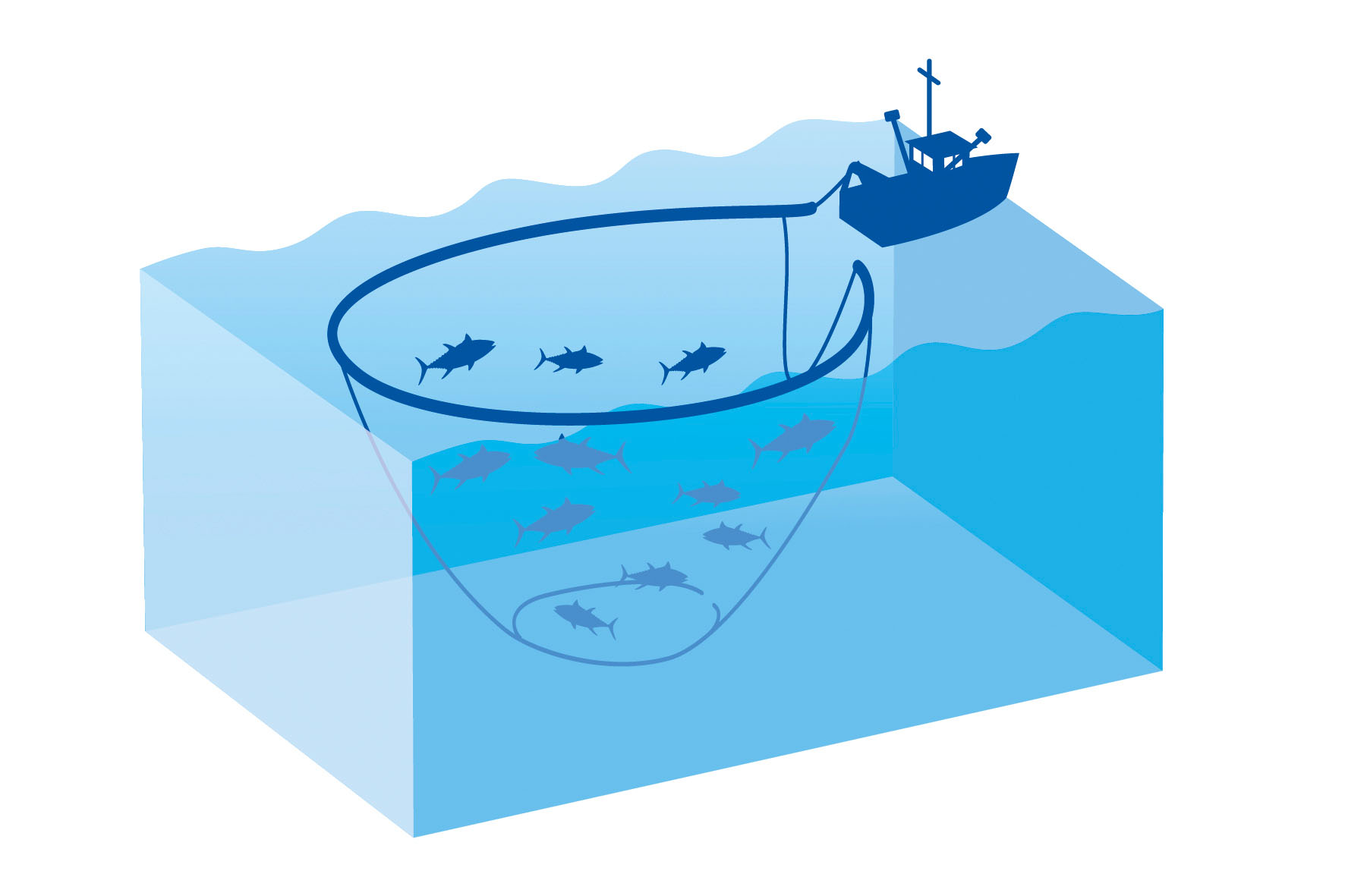Average Weight/Length
Other "Popular" Names for this Fish
Location Habitat
Biology & Physical Description
Life Cycle & Mating Behavior
Geographic Species Map (Fishbase.org Map)
|
|

|
Summary of Distribution: Atlantic Ocean: in tropical and temperate waters. We follow Nakamura 1985 (Ref. 43) in recognizing Makaira mazara and Makaira nigricans as two distinct species chiefly because of differences in the pattern of the lateral line system. Many scientists, however, do not recognize this character as specifically diagnostic and consider the latter species as a single pantropical species occurring in the Atlantic, Pacific and Indian oceans. Highly migratory species, Annex I of the 1982 Convention on the Law of the Sea |
|
Note: Distribution range colors indicate degree of suitability of habitat which can be interpreted as probabilities of occurrence (fishbase.org) |
|
Sport Fishing Techniques
|
|
TrollingA trolling boat has multiple outriggers, poles and lines attached that use lures dragged across the ocean surface at speeds of 4 – 10 knots. Large beefy hooks are used with special durable lures allowing the fisherman to easily unhook the gamefish that has been caught and quickly get their lines back into the water. The larger the lures, the larger the potential fish, the larger the hooks. A tuna boat will usually make slow wide circles when trolling. A billfish boat will usually work ledges, fathom lines, zig zag area coordinates or make trolling circles if bait or a porpoise school is located and/or if they are fishing a FAD.. |
|
Commercial Fishing Techniques
|
|
Pelagic LonglineThis fishery uses a longline to catch a variety of pelagic fish on the high seas such as tuna and swordfish. A deep-set longline is used to primarily target tuna and a shallow-set longline is used to target swordfish or mixed species including bigeye, Albacore and yellowfin tuna. Baited hooks are attached to a line that floats in the ocean using buoys and flagpoles. |
|
Tackle & Baits
Game Rating
Game Rating : 10/10
Game Description :
Best of all for speed, power and jumping ability. This fish will give you the fight of your life. One of the most sought after gamefish in the world as it can grow to sizes well over 1500lbs.
Food Rating
Game Rating : 9/10
Game Description :
Kajiki has firm flesh with a mild flavor (although somewhat more pronounced than the flavor of ahi). Flesh color in kajiki is amber, although it varies somewhat from fish to fish. Kajiki is the all time classic grilling fish, and the meat cooks to a clean white color and makes an ideal plate presentation. Flesh with high fat content has a naturally lacquered appearance. This fish is best grilled, but other cooking methods (like baking, frying & smoking)) work very well too. The Sashimi qualities offer a smooth tuna like flavor and a candy texture that can be used in poke, tartar, or simply sliced. So, Blue Marlin are highly prized in Japan for sashimi, but in Hawaii, kajiki is quite commonly prepared as a traditional Poke recipe.
Picture (Fish)
|
|
|
Picture Mount
|
|
|
|
|
|
|
|
|
|
|




















 Blue Marlin
Blue Marlin 










